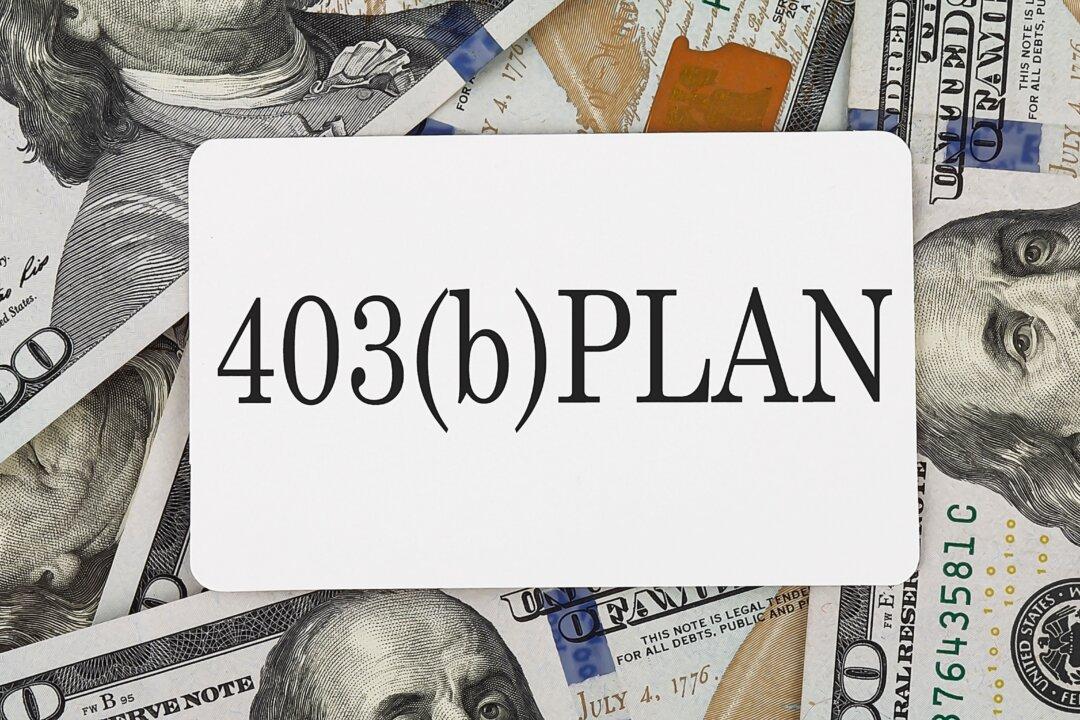By Emma Patch
From Kiplinger’s Personal Finance
Millions of public school workers, along with some employees at colleges and universities, hospitals, charities, and other nonprofit organizations, use 403(b) plans to save for retirement.

Millions of public school workers, along with some employees at colleges and universities, hospitals, charities, and other nonprofit organizations, use 403(b) plans to save for retirement.